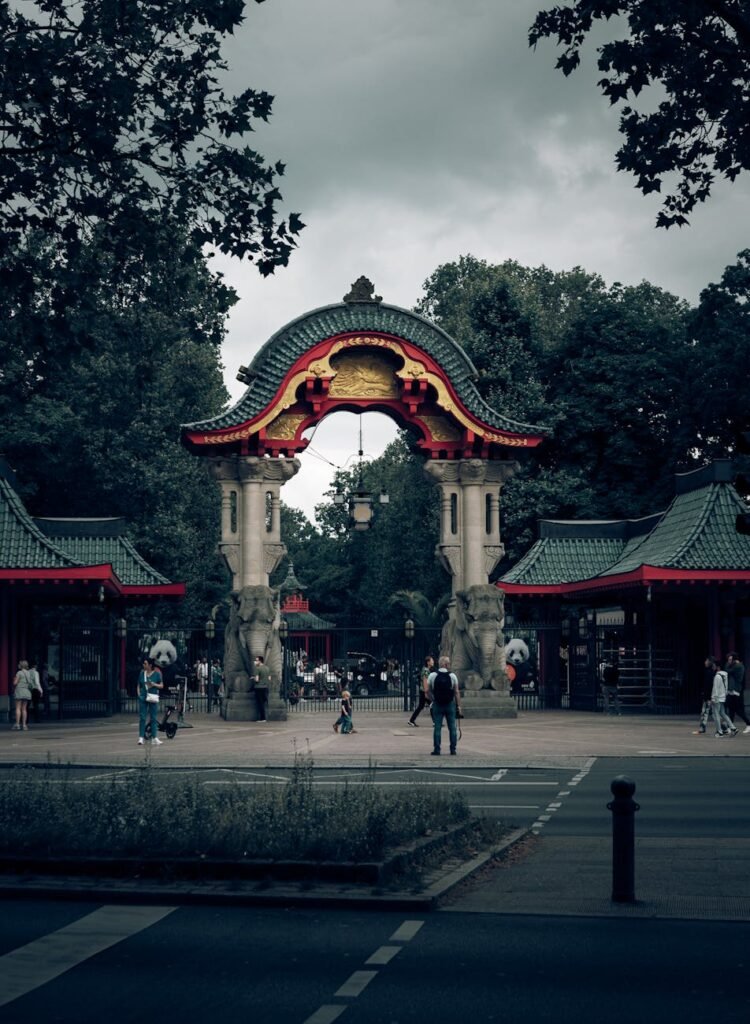Art has been a powerful medium for human expression since ancient times, capturing the essence of life, culture, and nature. One fascinating niche within the art world is the depiction of wildlife through various forms of creative expression—commonly known as the art of zoo. This article delves into the captivating world of zoo art, exploring its rich history, cultural significance, impact on wildlife conservation, and the diverse artists who bring these magnificent creatures to life on canvas, in sculptures, and through other artistic mediums.
History and Evolution of Zoo Art
The portrayal of animals in art dates back to prehistoric cave paintings, where early humans depicted wildlife scenes in their natural habitats. These primitive artworks served as a form of storytelling and reverence for the animal kingdom.
Renaissance Period
During the Renaissance, artists like Albrecht Dürer elevated animal studies to a new level of detail and anatomical accuracy. The era saw a surge in interest in zoological illustration and the scientific study of animals.
Modern Interpretations
In contemporary times, the art of zoo has evolved beyond mere representation to convey deeper messages about wildlife conservation, human-animal relationships, and ecological balance.
The Intersection of Art and Wildlife Conservation
Art plays a vital role in raising awareness about endangered species and environmental issues. Many artists use their talents to advocate for wildlife conservation through compelling visual narratives.
Awareness Campaigns
Zoo art often serves as a catalyst for conservation efforts, highlighting the beauty and vulnerability of wildlife to inspire action and empathy.
Environmental Messages
Through thought-provoking artworks, artists convey urgent messages about habitat destruction, poaching, and the impact of human activities on animal populations.
Types of Art of Zoo
Zoo Art encompasses a broad spectrum of mediums and techniques, each offering unique ways to capture the essence of animals and their habitats.
Paintings and Sculptures
Traditional paintings and sculptures immortalize wildlife with intricate details, capturing their grace, power, and vulnerability.
Photography
Wildlife photography provides intimate glimpses into animal behavior and habitats, fostering a deeper connection between viewers and the natural world.
Installations and Digital Art
Contemporary artists push boundaries with installations and digital art, exploring innovative ways to engage audiences and evoke emotional responses.
Famous Artists and Their Contributions
Several renowned artists have dedicated their careers to celebrating wildlife through their artistic endeavors.
Charley Harper
Harper’s minimalist and modernist wildlife illustrations are celebrated for their geometric precision and playful compositions.
Robert Bateman
Bateman’s realistic paintings authentically capture the spirit of the wild, emphasizing the importance of preserving natural habitats.
Tiffany Bozic
Bozic’s surreal and symbolic artworks explore the interconnectedness of all living beings, inviting contemplation on humanity’s relationship with nature.
Artistic Representation of Animals in Different Cultures
Animals hold significant symbolism in various cultures around the world, representing virtues, deities, and ancestral spirits.
Symbolism and Mythology
From ancient Egyptian hieroglyphs to Native American totems, animals feature prominently in mythologies and spiritual beliefs.
Cultural Perspectives
Different cultures have unique interpretations of animals, reflecting their values, folklore, and ecological heritage.
The Impact of Art of Zoo on Society
Art of Zoo has the power to educate, inspire, and provoke thought on critical conservation issues.
Education and Appreciation
Artistic depictions of wildlife cultivate curiosity and appreciation for biodiversity among people of all ages.
Emotional Connection
Through art, viewers forge emotional bonds with animals, fostering a sense of responsibility towards their welfare and conservation.
Challenges and Controversies
Despite its noble intentions, the zoo art is not without ethical and practical challenges.
Ethical Concerns
The use of animals in art raises ethical dilemmas about exploitation, particularly when it involves captive or endangered species.
Conservation vs. Exploitation
Balancing artistic expression with conservation ethics is a delicate dance, requiring sensitivity towards wildlife and their habitats.
Tips for Creating Art of Zoo
For aspiring zoo artists, here are some tips to enrich your creative journey:
- Study Animal Behavior: Understanding animal anatomy and behavior enhances the authenticity of your artworks.
- Collaborate with Conservationists: Partnering with wildlife experts can provide valuable insights and ensure your art contributes positively to conservation efforts.
Conclusion on Art of Zoo
The art is a testament to humanity’s enduring fascination with wildlife and our responsibility towards its preservation. Through creativity and compassion, artists continue to shine a spotlight on the beauty and fragility of our natural world, inspiring generations to cherish and protect the creatures that share our planet.
FAQs (Frequently Asked Questions)
- What is zoo art? Zoo art refers to artistic representations of wildlife through various mediums such as paintings, sculptures, photography, and installations.
- How does zoo art contribute to wildlife conservation? Zoo art raises awareness about conservation issues, evokes empathy towards animals, and advocates for habitat protection.
- Who are some famous zoo artists? Renowned zoo artists include Charley Harper, Robert Bateman, and Tiffany Bozic, known for their distinctive styles and contributions to wildlife art.
- What are the ethical challenges of zoo art? Ethical concerns in zoo art revolve around the treatment of animals, especially when it involves captive or endangered species.
- What does the future hold for art? The future of art lies in technological advancements like virtual reality and augmented reality, offering immersive and educational experiences for art enthusiasts and conservationists alike.
If you enjoyed learning about the art, explore more creative topics and wildlife conservation initiatives to stay connected with nature’s wonders.

